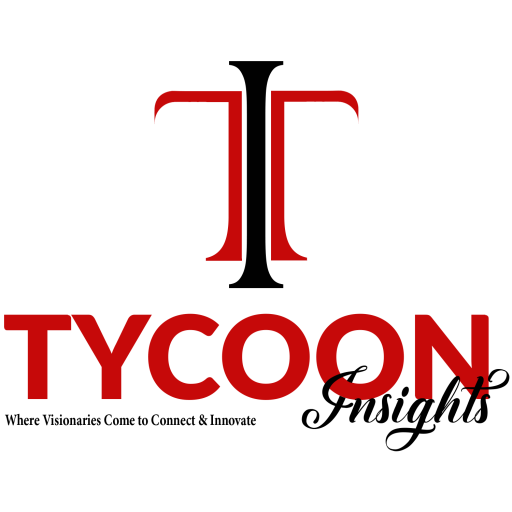In recent years, there has been a seismic shift in the way we consume entertainment. Traditional television has taken a backseat to the rise of Over-The-Top (OTT) platforms, revolutionizing the entertainment industry. With the advent of high-speed internet and the proliferation of smart devices, OTT platforms have become the go-to choice for millions of viewers worldwide. This article explores the new era of OTT platforms, their impact on the entertainment landscape, and the reasons behind their overwhelming popularity.
The Rise of OTT Platforms
What are OTT Platforms?
OTT platforms refer to streaming services that deliver video content directly to viewers over the internet, bypassing traditional distribution channels like cable or satellite TV. These platforms offer a wide range of content, including movies, TV shows, documentaries, and even live events, accessible on-demand anytime, anywhere. Leading examples of OTT platforms include Netflix, Amazon Prime Video, Hulu, Disney+, and HBO Max.
The Appeal of OTT Platforms
OTT platforms have gained immense popularity due to several key factors. Firstly, they provide unparalleled convenience by allowing users to stream content on various devices such as smartphones, tablets, smart TVs, and gaming consoles. This flexibility enables users to enjoy their favorite shows and movies on their terms, eliminating the need to adhere to fixed broadcast schedules.
Secondly, OTT platforms offer extensive libraries of content that cater to a wide range of tastes and preferences. With a vast array of genres and niche categories, viewers can explore a diverse range of options, discovering new content that aligns with their interests. Furthermore, these platforms often invest heavily in producing original series and movies, attracting renowned actors, directors, and writers. This exclusive content helps to differentiate OTT platforms from traditional television networks, offering viewers fresh and engaging experiences.
The Streaming Revolution
The emergence of high-speed internet and the proliferation of smart devices have been instrumental in fueling the rise of OTT platforms. These technological advancements have transformed the way we consume media, making streaming the preferred method of accessing entertainment. With faster internet speeds, buffering and loading times have significantly reduced, enhancing the overall viewing experience. Moreover, the affordability and accessibility of smart devices have democratized content consumption, enabling a wider audience to embrace OTT platforms.
The Impact on the Entertainment Industry
Disrupting Traditional Television
OTT platforms have disrupted the traditional television landscape, challenging the dominance of cable and satellite providers. As viewers increasingly shift towards streaming services, traditional broadcasters have been forced to adapt or risk becoming obsolete. To stay relevant, many TV networks have launched their own streaming platforms or partnered with existing OTT providers, blurring the lines between traditional and online broadcasting.
Changing Consumer Behavior
The rise of OTT platforms has also reshaped consumer behavior in profound ways. Binge-watching, where viewers consume multiple episodes or an entire season in one sitting, has become a cultural phenomenon. This behavior is facilitated by the availability of complete seasons on OTT platforms, providing an immersive and uninterrupted viewing experience. Consequently, content creators and platforms have embraced this trend, releasing entire seasons at once to cater to the binge-watching habits of their audience.
Furthermore, the ability to personalize and customize content recommendations based on user preferences has become a hallmark feature of OTT platforms. By leveraging sophisticated algorithms and data analytics, these platforms offer personalized suggestions, enhancing user engagement and satisfaction. This data-driven approach also enables content creators and marketers to gain valuable insights into audience preferences, aiding in the production of targeted and relevant content.
The Future of OTT Platforms
Technological Advancements
The future of OTT platforms promises further advancements and innovation. One area of focus is the improvement of streaming quality, with the advent of technologies like 4K Ultra HD and High Dynamic Range (HDR) enhancing the visual experience. Additionally, virtual reality (VR) and augmented reality (AR) have the potential to revolutionize the way we interact with content, immersing viewers in virtual worlds and enhancing engagement.
Increasing Competition
While the current landscape is dominated by a few major players, the OTT market is becoming increasingly competitive. As more media companies recognize the potential of streaming, new entrants are emerging, intensifying the competition for viewership and subscriber loyalty. This competition has resulted in a surge of high-quality content, as platforms strive to attract and retain audiences through compelling storytelling and innovative productions.
Convergence with Traditional Media
As OTT platforms continue to thrive, the line between traditional and online media is blurring. Traditional broadcasters are embracing streaming as a complementary distribution channel, while OTT platforms are expanding their offerings to include live TV and exclusive partnerships with sports organizations. This convergence presents opportunities for collaboration and hybrid models, creating a dynamic and interconnected entertainment ecosystem.
Conclusion
The new era of OTT platforms has revolutionized the way we consume entertainment. These streaming services have become an integral part of our lives, offering convenience, variety, and personalized experiences. As technology advances and competition increases, the future of OTT platforms holds exciting possibilities, shaping the way we discover, engage with, and enjoy content. Lights, camera, stream—the show must go on in this digital age of entertainment.












